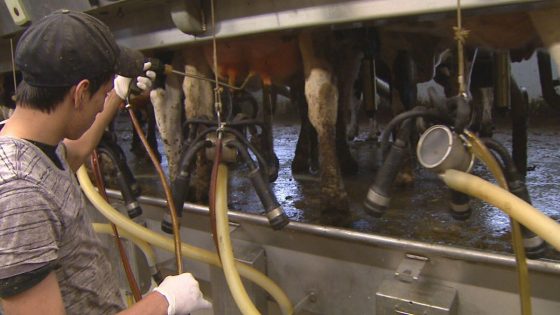Preliminary investigations into the tragic deaths of six dairy farm workers in Northern Colorado suggest exposure to hydrogen sulfide (H2S) gas. This incident, which occurred on August 23, 2025, in Keensburg, has raised significant concerns about safety protocols in agricultural environments.
- Six workers died from hydrogen sulfide exposure.
- Incident occurred at a Northern Colorado dairy farm.
- Victims included a high school student.
- Hydrogen sulfide is lethal when inhaled.
- Gas released from decomposing manure.
- Tragic pattern of multiple fatalities noted.
The victims, including a high school student, were reportedly working in a confined space near manure piping when the toxic gas was released. Experts emphasize that H2S is extremely hazardous, capable of causing rapid incapacitation or death.
This incident raises important questions about worker safety in the dairy industry. How can such tragedies be prevented in the future? Experts suggest that better training and safety measures are essential.
- Hydrogen sulfide is produced during manure decomposition.
- Victims often succumb while attempting to rescue others.
- Safety training is crucial for agricultural workers.
As investigations continue, it is vital for the industry to reassess safety protocols and ensure that all workers are adequately trained to handle potentially dangerous situations.





























